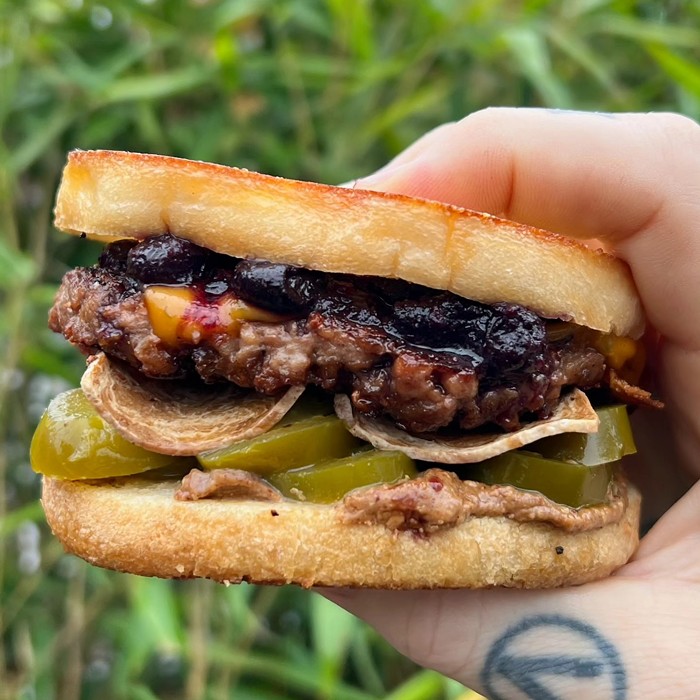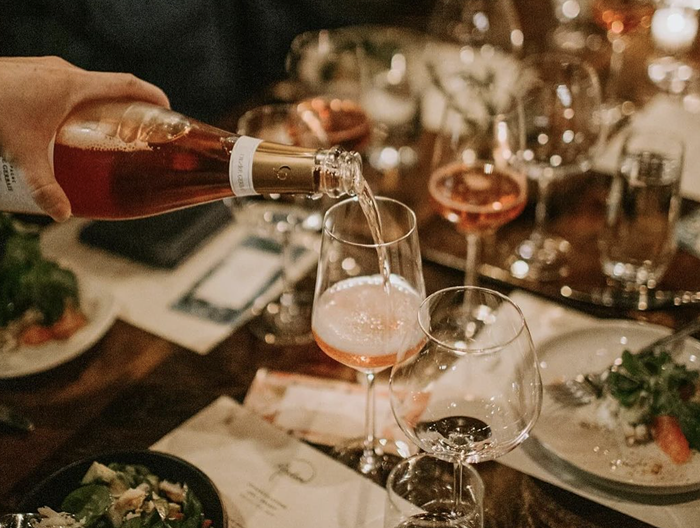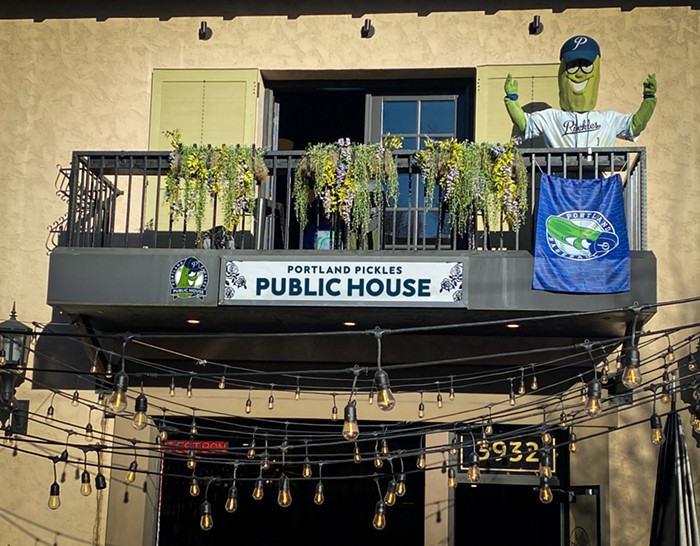This past Mother’s Day, I struggled a bit in figuring out the perfect gift for my lovely wife. It had to reflect my deep appreciation for the work she does in helping raise our son even as she puts her all into her day job, while also assuring her that I do, in fact, pay attention to her interests and needs. Some shiny bauble or spa gift certificate wasn’t going to cut it. Breakfast in bed and a day off from housework or child-rearing was only a surface scratch. This needed to be big.
I bought her a kegerator.
I realize this sounds like a “Homer buys Marge a bowling ball” situation, but much like a certain Supreme Court justice, my wife likes beer. A lot. She’s an unapologetic connoisseur who can take several minutes poring over the beer menu at a restaurant for just the right pint and, until recently, made sure to have a couple of bottles or cans chilling in our fridge for an evening’s respite.
A kegerator was the logical endgame here. It allowed my lady to have a frosty draft beer without requiring her to leave the house, and it meant fewer trips down the street to the nearest convenience store to replenish our stock. Yes, that does stick us with only one kind of beer for a couple of months, but the benefits far outweigh the costs. (Plus, we don’t have to deal with all the cleaning and sanitizing that comes with trying to homebrew.)
Instead of keeping to myself all of the research and knowledge I accrued along the way, I’m passing it along to you, dear drinker, in case you also want to grace your home—and delight your wife—with a kegerator.
Scoring the Kegerator
The biggest expense involved in this process is, of course, the purchase of the kegerator itself. But if you’ve got the cash, there’s no shortage of places to snap one up.
Big-box stores are generally a safe bet, with Home Depot, Best Buy, and your friendly neighborhood Costco offering a range of choices from the humble 5.4-cubic-foot model, which you can just about squeeze a half-barrel keg into, or the insane, eight-foot-long, four-tap dispenser—perfect for starting an illegal speakeasy in your basement.
If you’re looking to buy local, brewing supply shop F.H. Steinbart also has the hookup for one-tap models, but they’re much pricier. Alternately, if you have an older fridge you aren’t using, you can buy a conversion kit and turn that aging appliance into a functional beer-pourin’ machine.
Getting the Gas
What? You think beer just magically makes its foamy way from keg to glass without any help? No, friends, a little CO2 is the secret ingredient here. And it, too, is easy to get.
If you’ve already got a container (most kegerators come equipped with an empty canister for gas), your options range from hitting up a homebrew shop like Steinbart or Portland U-Brew for a fill-up, to stopping by Industrial Source or Central Welding Supply, industrial gas providers who will likely be amused by your puny aluminum tank. If you do wind up with a kegerator without a gas tank, those can be easily found at places like Homebrew Exchange.
Finding the Brew
This is the fun part. Start with local brewers. A lot of them—including Hopworks, Captured by Porches, and Old Town Brewing—offer “dock sales” that will allow you to get kegs right from the source. Call up your favorite and see what they can do.
For beer brewed outside city limits, start with the distributors, like Maletis, which handles Oskar Blues Brewing and Uinta, or Point Blank, home of Revision Brewing and Humboldt. You can also snag kegs from bottle shops like Belmont Station or Hillsboro’s Main Brew, but it will likely be considerably more expensive than trying to get your suds from the source.
Once the Foam Has Settled
Now that it’s been a few weeks since the kegerator has been humming away in our laundry room and doling out frosty pours of Boneyard’s RPM IPA, I thought I’d check in with the wife to see how she’s feeling about her gift.
She cited her happiness at the lack of clutter from empty bottles and cans, but also, somewhat surprisingly, said that she’s drinking less beer now that it’s so easily accessible. “The idea of scarcity makes you want something,” she said. “There’s no need to drink it all because there will just be more and more.”
Wise words. Now, who wants a pint?



















